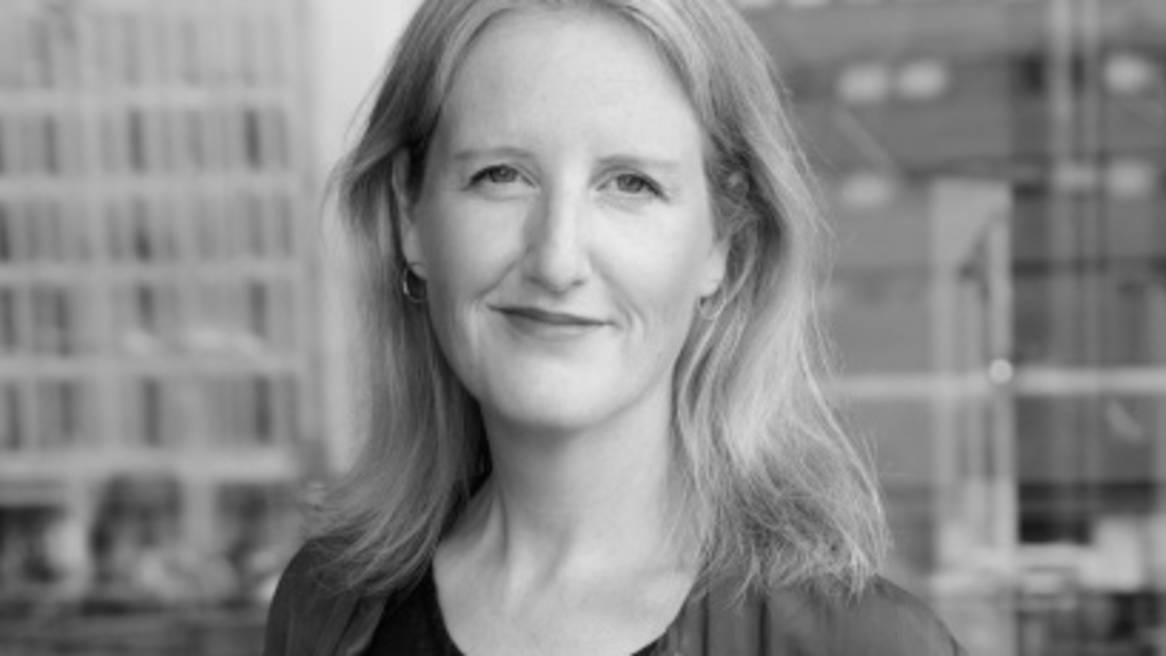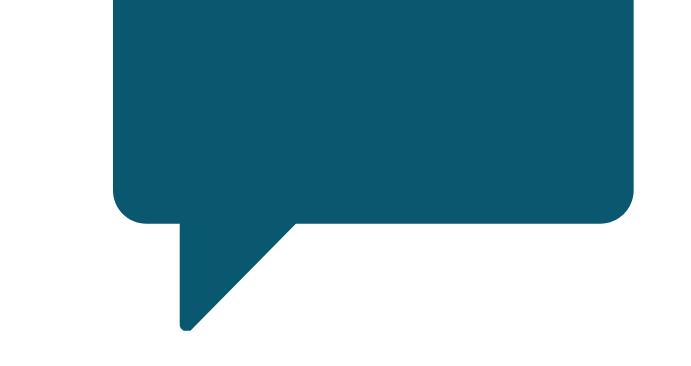What COVID Taught Us
360º: How has COVID changed your perspective on the future of your business and the industry?
Johanna Munck:
We went into this as a crisis response, but we have learned to live with it pretty well, in most cases. I think that on the one hand, working remotely has really worked out much better than anyone would have expected. On the other hand, as architects, the prolonged homeworking has enhanced what we probably already knew about our work: the parts of our activities which involve creativity and innovation, such as the starting up of projects, have been the most challenging tasks during this time. So, in this sense, the pandemic has shown us that although it is possible to work remotely, our creativity flourishes when we are all together in the same physical place.







